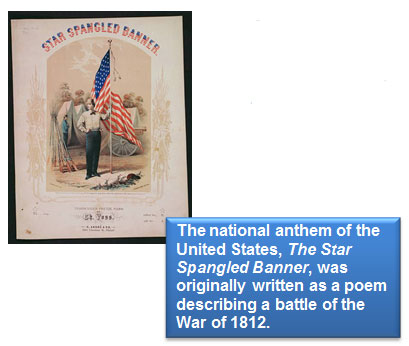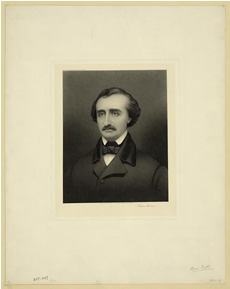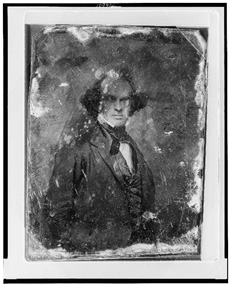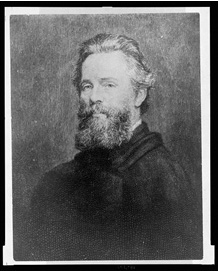
Source: Triangle Trade 2, Simon P, Wikipedia
Do you write in a diary or a daily journal? Many people have done so throughout history; it is one of the ways that we can understand the events of yesterday.
Writing has always been a way for people to express their thoughts and feelings about events that impact their lives. During early American history, various literary works captured the essence of the events that shaped the nation.
For example, the national anthem of the United States, The Star Spangled Banner, was actually written as a poem by Francis Scott Key in response to what he witnessed at the Battle of Ft. McHenry during the War of 1812.

Source: Triangle Trade 2, Simon P, Wikipedia
O say can you see, by the dawn’s early light,
What so proudly we hail’d at the twilight’s last gleaming,
Whose broad stripes and bright stars through the perilous fight
O’er the ramparts we watch’d were so gallantly streaming?
And the rocket’s red glare, the bombs bursting in air,
Gave proof through the night that our flag was still there,
O say does that star-spangled banner yet wave
O’er the land of the free and the home of the brave?
On the shore dimly seen through the mists of the deep
Where the foe’s haughty host in dread silence reposes,
What is that which the breeze, o’er the towering steep,
As it fitfully blows, half conceals, half discloses?
Now it catches the gleam of the morning’s first beam,
In full glory reflected now shines in the stream,
’Tis the star-spangled banner - O long may it wave
O’er the land of the free and the home of the brave!
And where is that band who so vauntingly swore,
That the havoc of war and the battle’s confusion
A home and a Country should leave us no more?
Their blood has wash’d out their foul footstep’s pollution.
No refuge could save the hireling and slave
From the terror of flight or the gloom of the grave,
And the star-spangled banner in triumph doth wave
O’er the land of the free and the home of the brave.
O thus be it ever when freemen shall stand
Between their lov’d home and the war’s desolation!
Blest with vict’ry and peace may the heav’n rescued land
Praise the power that hath made and preserv’d us a nation!
Then conquer we must, when our cause it is just,
And this be our motto - “In God is our trust,”
And the star-spangled banner in triumph shall wave
O’er the land of the free and the home of the brave.

During the 1840s and 1850s, there was another explosion of American culture in which poets and authors produced lots of creative American literature. Some of the famous authors of this time period are below.

Source: Edgar Allen Poe, head and shoulders portrait, Library of Congress
Edgar Allen Poe was a famous poet, author, and literary critic. Poe produced some of the first detective novels and the earliest short stories.

Source: Nathaniel Hawthorne, Half portrait, Library of congress.
Nathaniel Hawthorne was an author who wrote romances based on the reality of society. In 1850, he wrote The Scarlet Letter. He briefly participated in the Brook Farm transcendentalist community. Much of his later work challenged society's faith in science, technology, and the goodness of man.

Source: Portrait of Walt Whitman, half-length, seated, facing left, wearing hat and sweater, holding butterfly
Walt Whitman has been referred to as America’s first original poet. He was also an essayist and journalist. The New York native wrote poems in free verse rather than in rhymed verse. His collection of poems, Leaves of Grass (1855), became very controversial as some called it obscene.

Source: Herman Melville, head-and-shoulders portrait, facing left, Library of Congress.
Herman Melville was an American novelist and poet. His most famous work was Moby Dick, which is sometimes called the greatest American romance. Melville, who had very little formal education, enjoyed a brief success with his novels in the 1840s and 1850s. His work wasn't truly celebrated until the early 20th century.